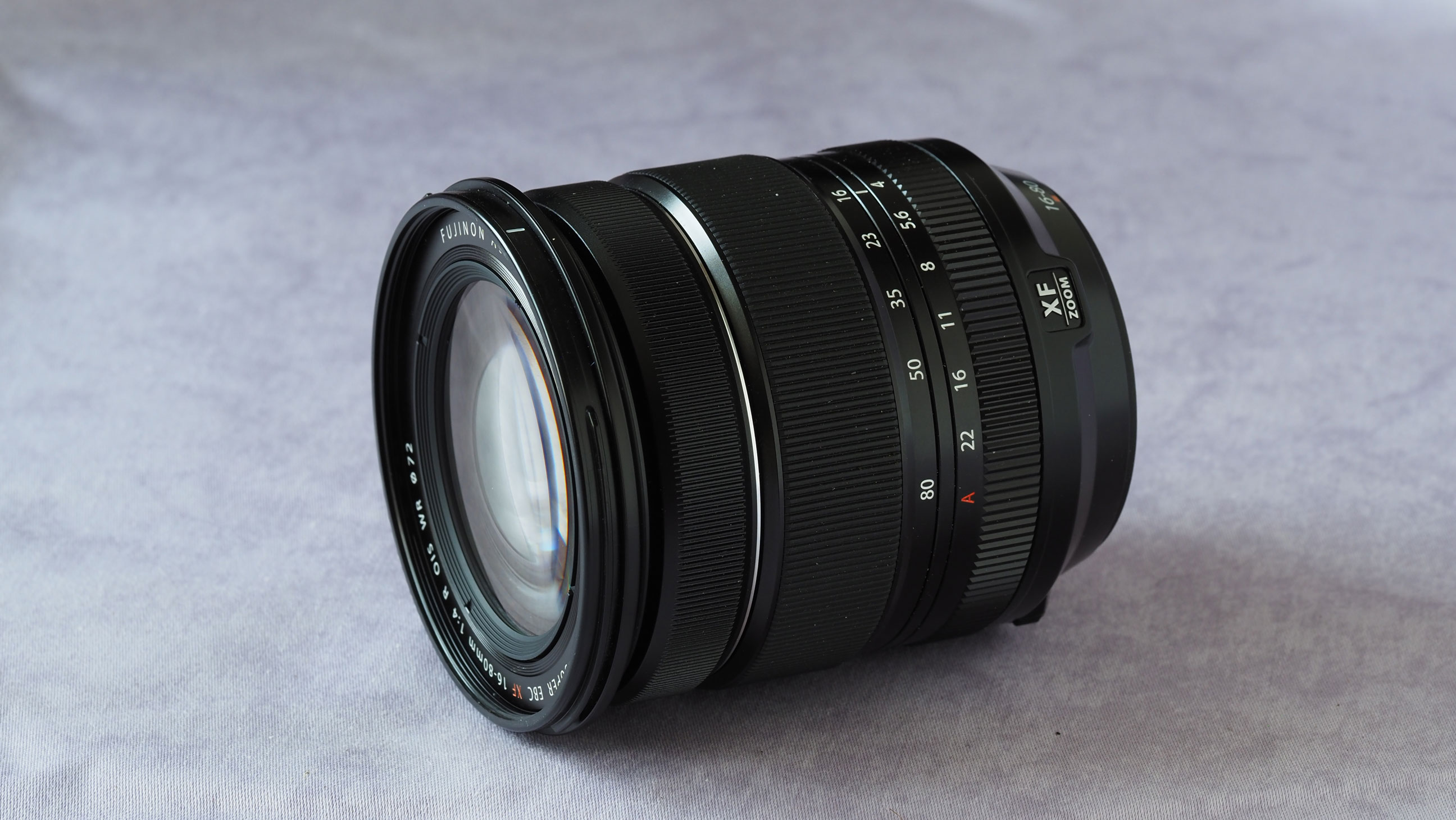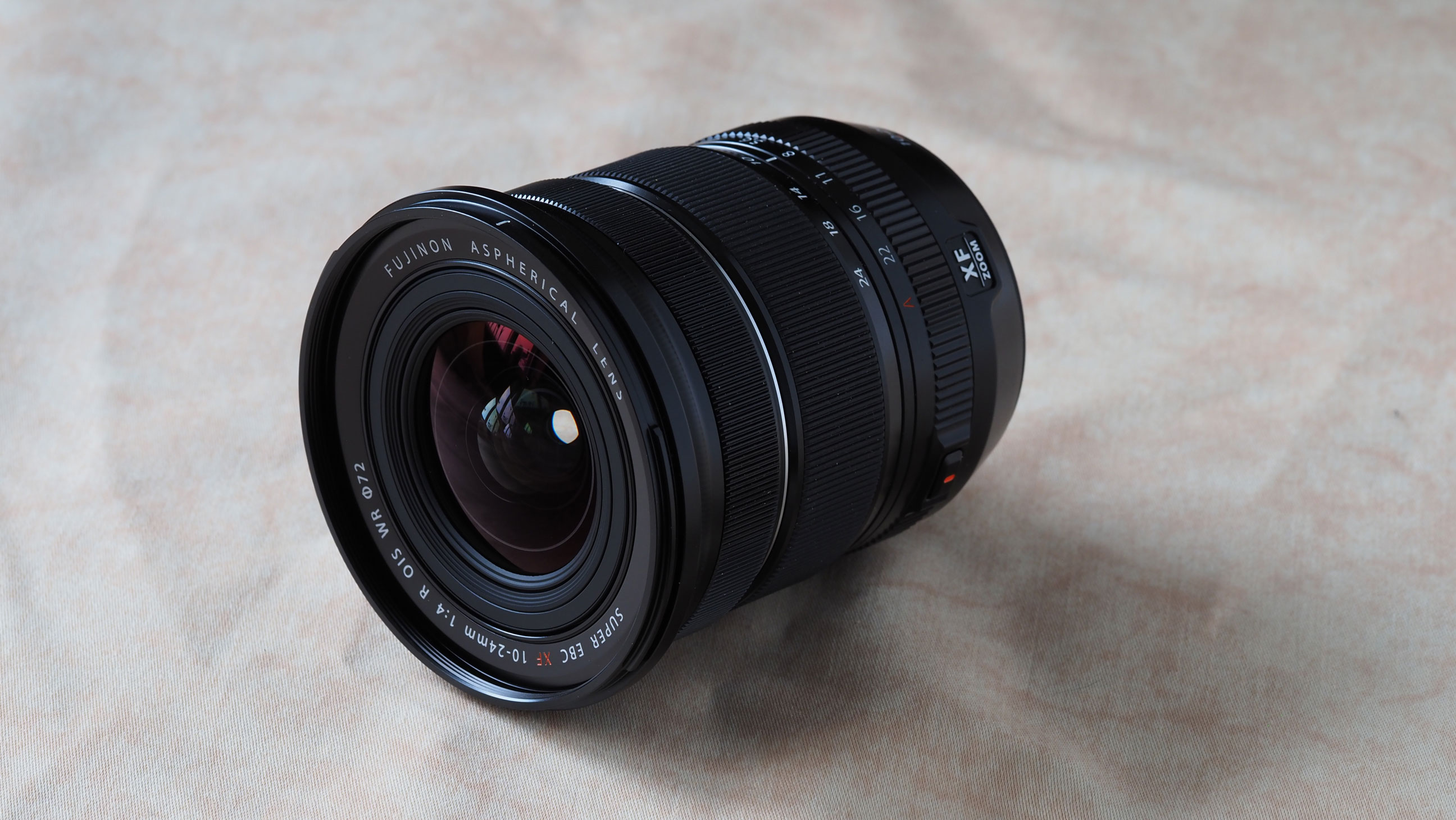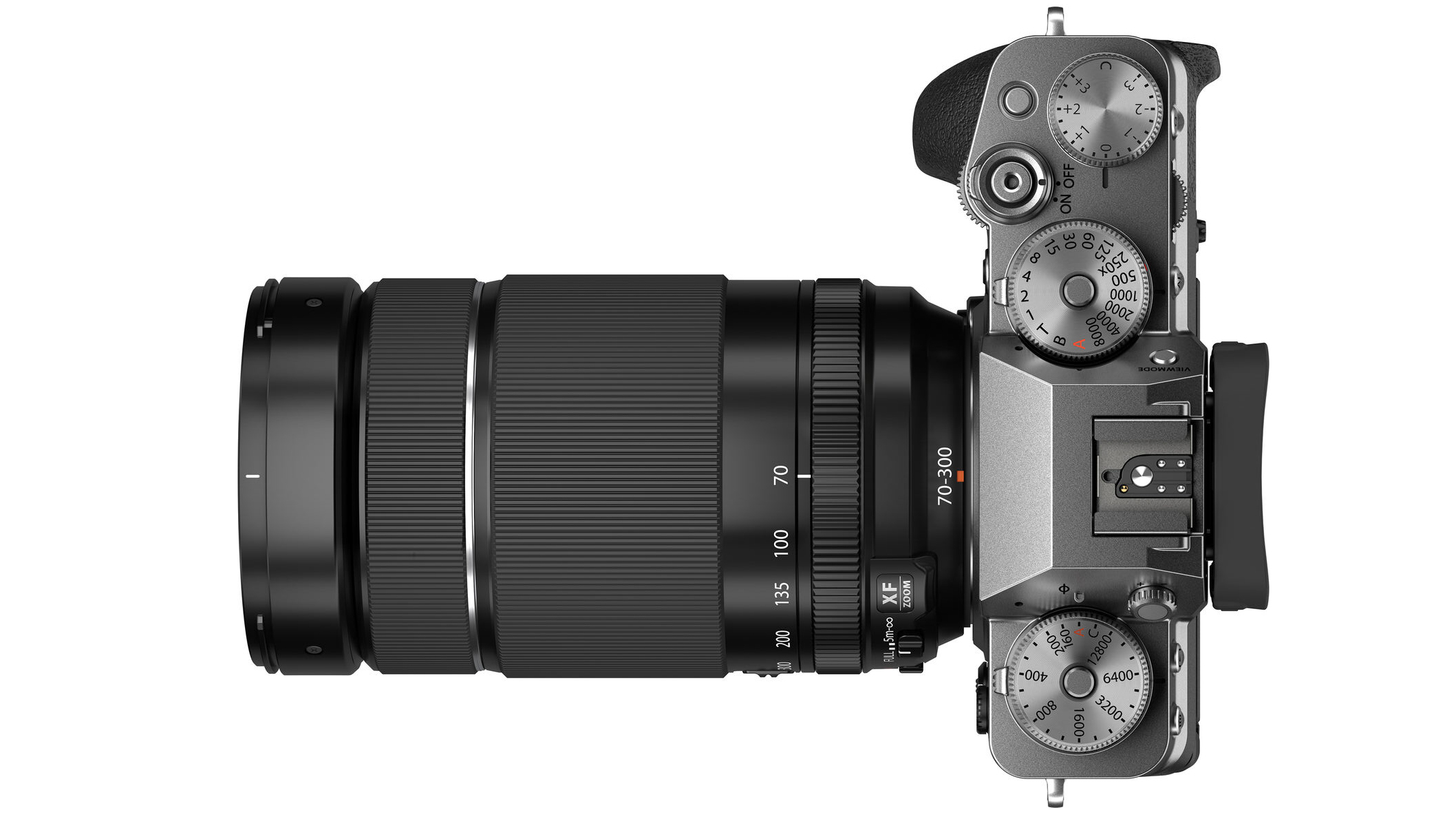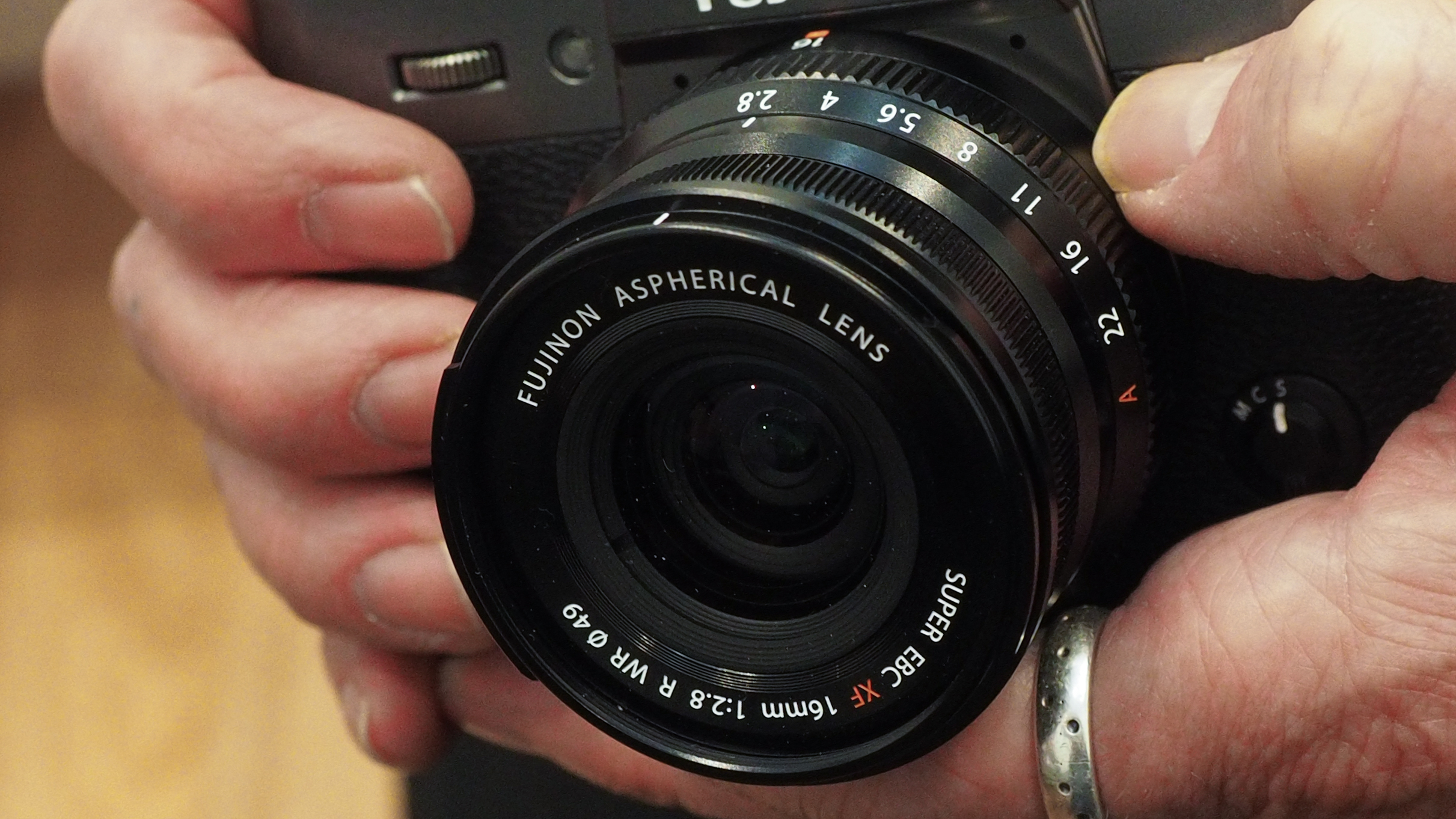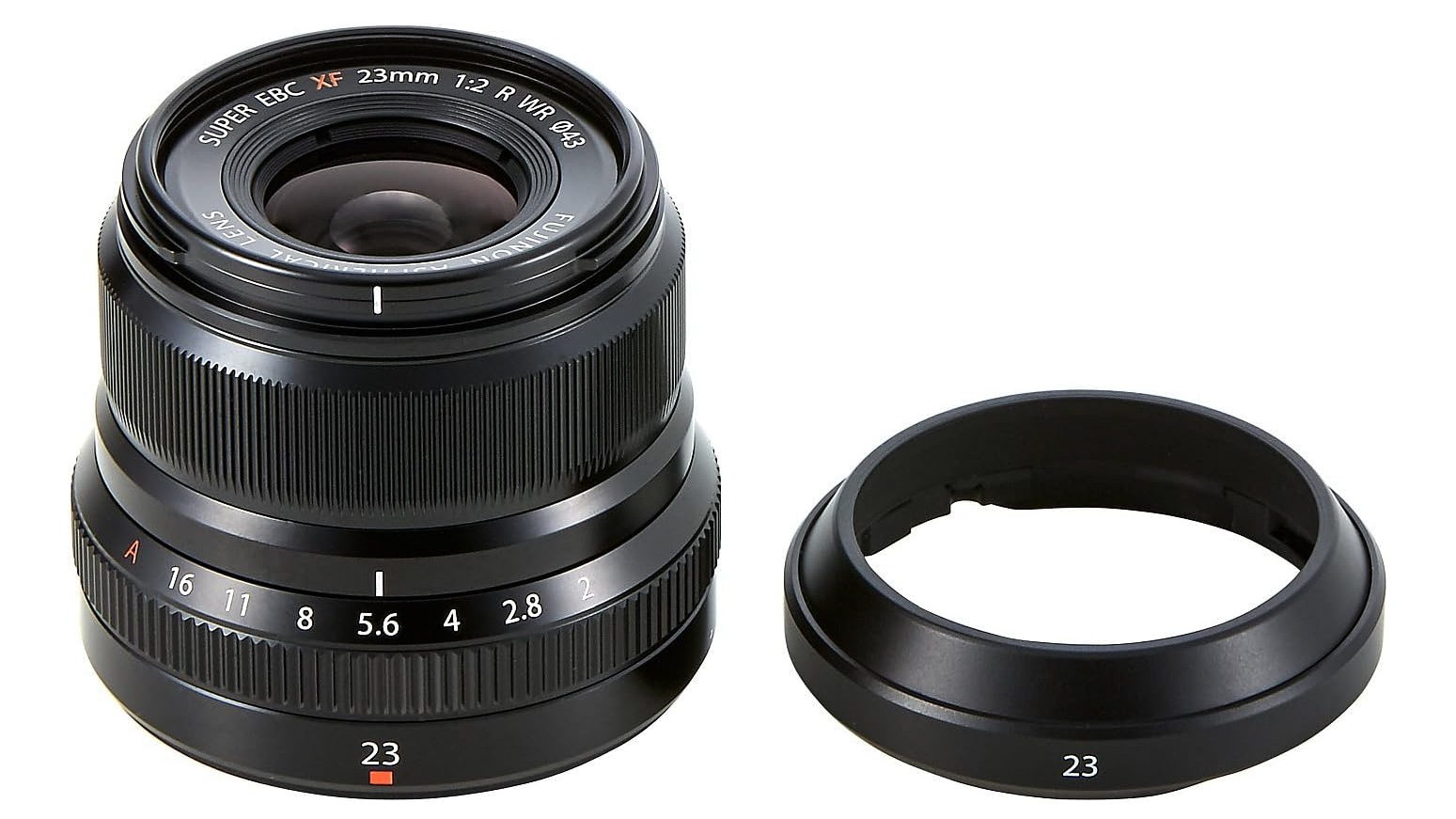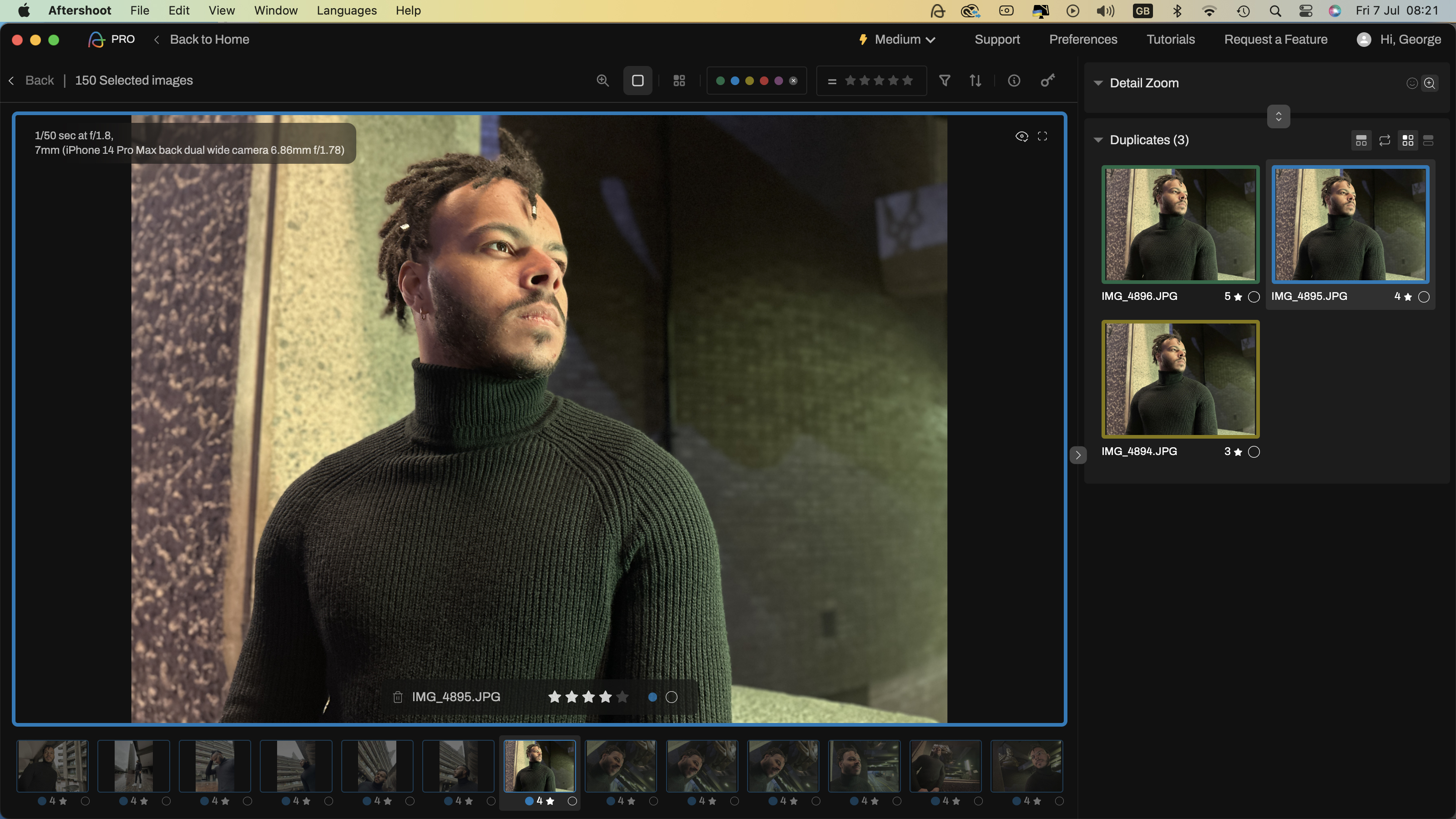The best lenses for the Fujifilm X-S10 and X-S20: find the best fit in terms of size and budget-friendly prices
What are the best lenses for the Fujifilm X-S10 and X-S20, two of Fujifilm's most affordable, versatile and compact cameras? Let me be your guide...
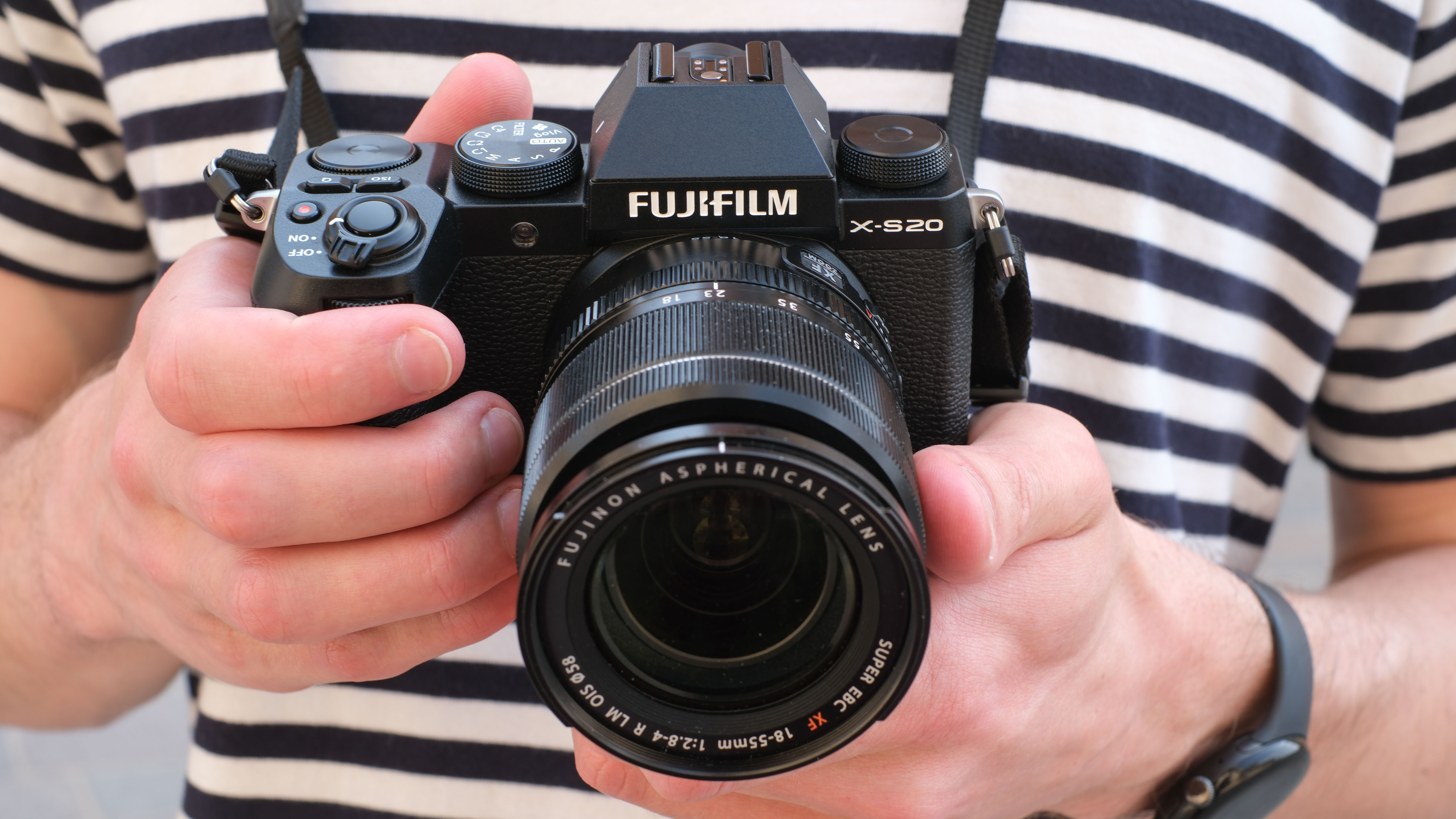
I feel that the Fujifilm X-S10 and X-S20 marked a bit of a change for Fujifilm. With these cameras it moved away from its classic retro camera design and chose instead a more mainstream control layout designed to appeal to a broader market. They also brought in-body stabilization, a compact, ergonomic design and, with the X-S20 in particular, advanced video features.
These two cameras are amongst the best Fujfilm cameras and two of the best cameras for travel. They are also amongst the best cameras for vlogging, and the powerful video features in the Fujifilm X-S20 put it right up there amongst the best cameras for filmmakers.
But what are the best lenses to get for the Fujifilm X-S10 and X-S20? I’ve kept in mind these cameras’ affordable price points, so I’ve kept my list to realistically-priced mid-range lenses that still pack a punch. I’ve kept in mind that these cameras are well suited to traveling light, and we’ve chosen lenses accordingly. I’ve also included a couple of old-school pocket-sized prime lenses, of the type that Fujifilm does so well, and these can be especially effective for filmmakers and gimbal users – so I’m not forgetting video shooters, either.
The Quick List
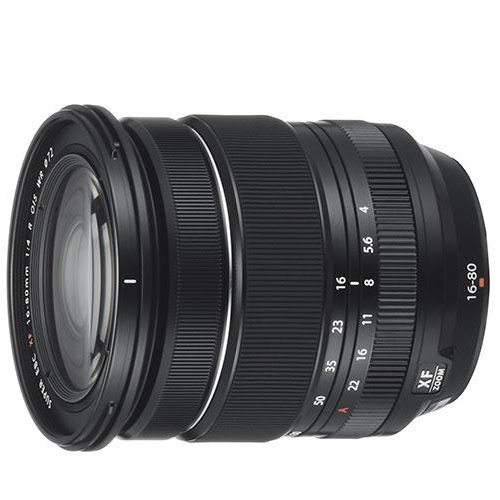
I find that this lens can take almost any shooting scenario in its stride. I love the 5x 24-120mm ‘effective’ zoom range and constant f/4 aperture, with optical stabilization.
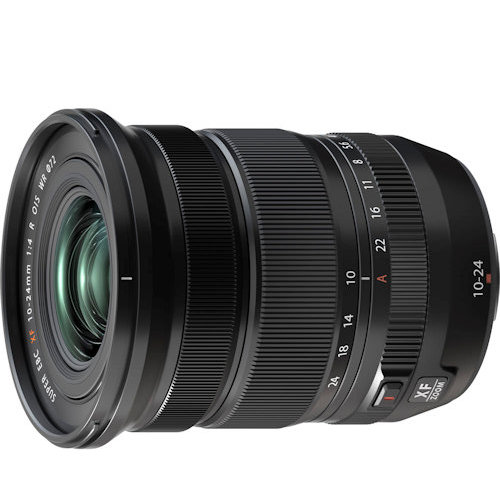
I’ve long been a fan of this Fujifilm ultra-wide-angle zoom lens, which gives an epic field of view at the short end of its range, plus a constant f/4 aperture rating.

70-300mm telephoto zoom lenses have always been hugely popular for full-frame cameras. The 1.5x crop factor of X-system cameras boosts your reach to 107-457mm.

I really like using 24mm lenses on full-frame cameras and this prime gives the same field of view on X-system bodies, with a fairly fast f/2.8 aperture and compact build.
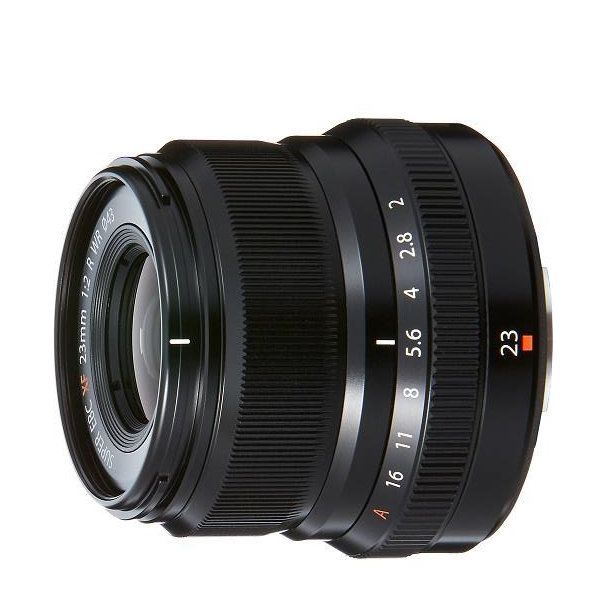
Small but fast, this f/2 prime lens has an effective focal length of 35mm, making it an ideal option for street photography and general shooting.
Best lenses for the Fujifilm X-S10 and X-S20
Why you can trust Digital Camera World
Best extended zoom for Fujifilm X-S10/X-S20
Specifications
Reasons to buy
Reasons to avoid
If you want an upgrade to a ‘standard’ zoom, then one option is to go for a ‘pro’ constant-aperture f/2.8 lens, like the Fujinon XF16-55mm F2.8. But that is a massive lens that feels out of place on the X-S10 and X-S20. The Fujinon XF 16-80mm f/4 R OIS WR makes a very interesting alternative. It has a smaller f/4 maximum aperture, but a much longer 5x 24-120mm zoom range. It also has optical stabilization – useful if you have a non-stabilized Fujifilm body – and a physical aperture ring. There are compromises. The XF16-80mm does lose a little sharpness at longer zoom settings, and it is still a fairly big lens to put on the compact X-S10 and X-S20 bodies, but it is a very versatile and well-made lens that’s especially attractive if you can get it with the X-S10 or X-S20 as a kit.
See our full Fujifilm XF 16-80mmF4 R OIS WR review



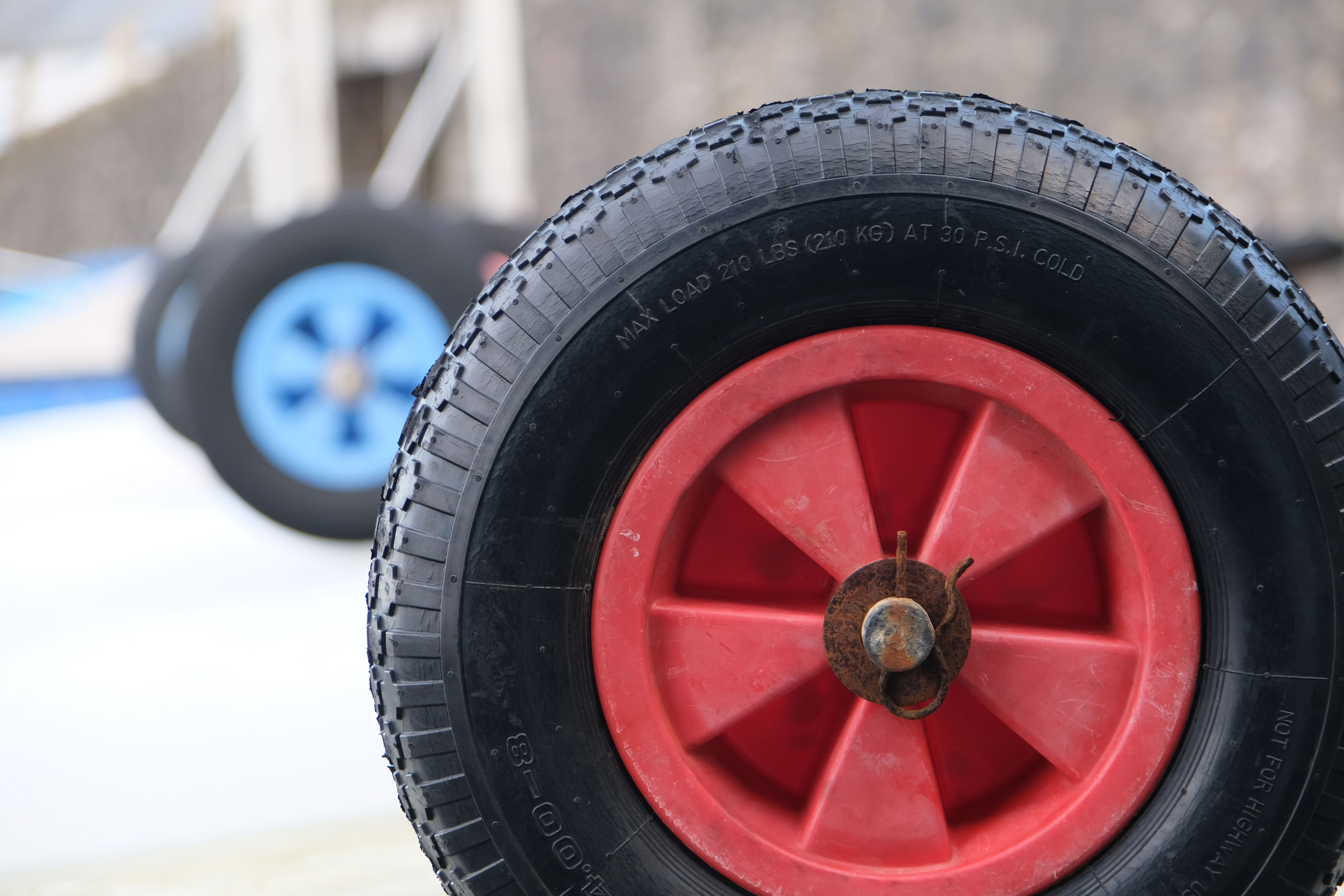
Features ★★★★★ | Great features include a 5x zoom range, aperture ring and optical stabilization. |
Design ★★★★★ | Build quality feels rock-solid and handling is really nice. |
Performance ★★★★☆ | Center-sharpness drops off at long zoom settings and edge-sharpness could be better all the way through. |
Value ★★★★☆ | It’s pretty good value for a 5x zoom lens with a constant f/4 aperture and exotic handling. |
Best wide-angle zoom for Fujifilm X-S10/X-S20
Specifications
Reasons to buy
Reasons to avoid
I think every photographer needs an ultra-wide zoom in their kit bags, and while some think of these as ‘landscape’ lenses for capturing extra-wide vistas, I think they’re more useful for travel photography, architecture and interiors. The Fujinon XF 10-24mm f/4 R OIS WR is the best ultra-wide zoom for the X-S10 and X-S20. It’s a big lens, true, but the pro-level XF8-16mm F2.8 is bigger still! If lens size is a concern, and you’re not sure you’ll use an ultra-wide lens all that often, you could also consider the XF8mm F3.5. This dinky little prime is cheaper than the XF10-24mm and wider too.
See our full Fujifilm XF 10-24mm f/4 R OIS WR review
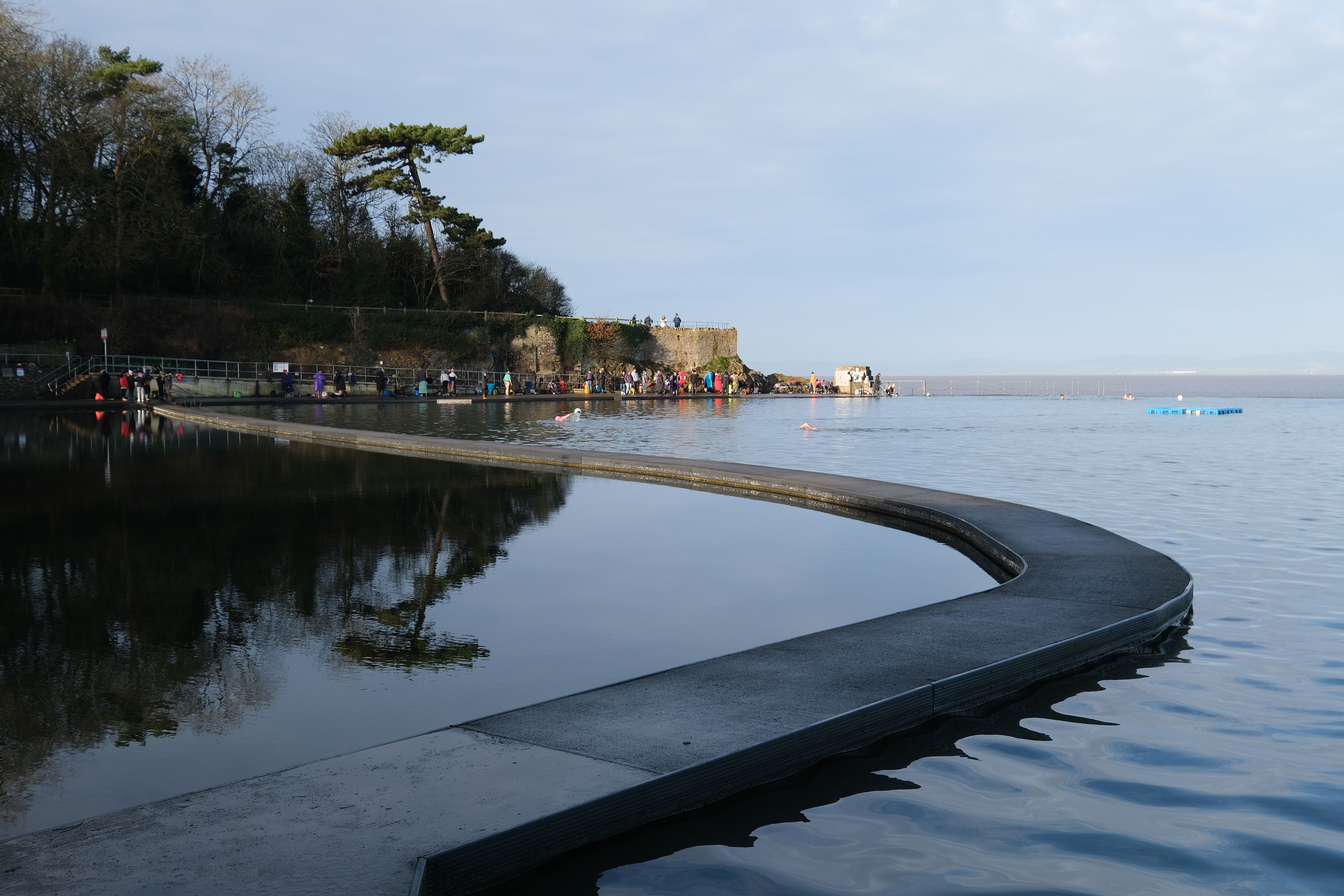
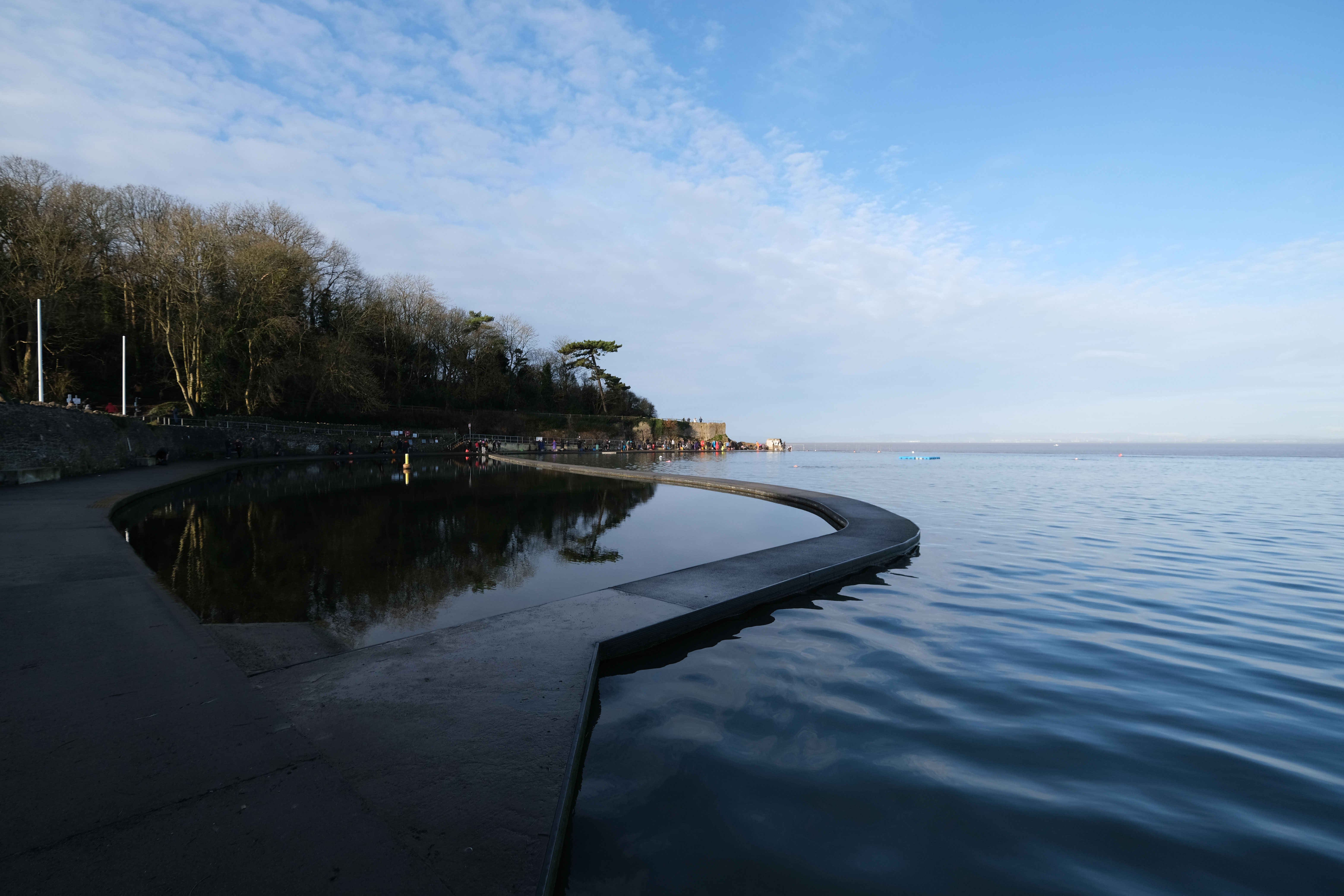

Features ★★★★★ | Up-market features include an aperture control ring and optical image stabilization. |
Design ★★★★★ | Build quality feels very solid and handling is a delight. |
Performance ★★★★☆ | It’s good overall but sharpness drops off towards the long end of the zoom range. |
Value ★★★★☆ | It’s a pricey lens to buy for an ultra-wide-angle APS-C format zoom. |
Best telephoto zoom for Fujifilm X-S10/X-S20
Specifications
Reasons to buy
Reasons to avoid
The Fujinon XC 50-230mm f/4.5-6.7 OIS II (above) is all right as an introduction to long range photography or occasional use, but if you’re serious about sports or wildlife photography then sooner or later you’ll want a lens with better optical performance, faster focusing and weatherproofing – and the Fujinon XF 70-300mm f/4-5.6 R LM OIS WR ticks all three boxes. Fujifilm does make even better telephoto zooms than this one, but the cost and the weight escalate rapidly, and I think this is the best option for Fujifilm X-S10 and X-S20 owners. By the time you’re ready for a better telephoto, you’re probably eyeing up a better camera too, like the high-speed pro-spec Fujifilm X-H2S.
See our full Fujifilm XF 70-300mm F4-5.6 R LM OIS WR review

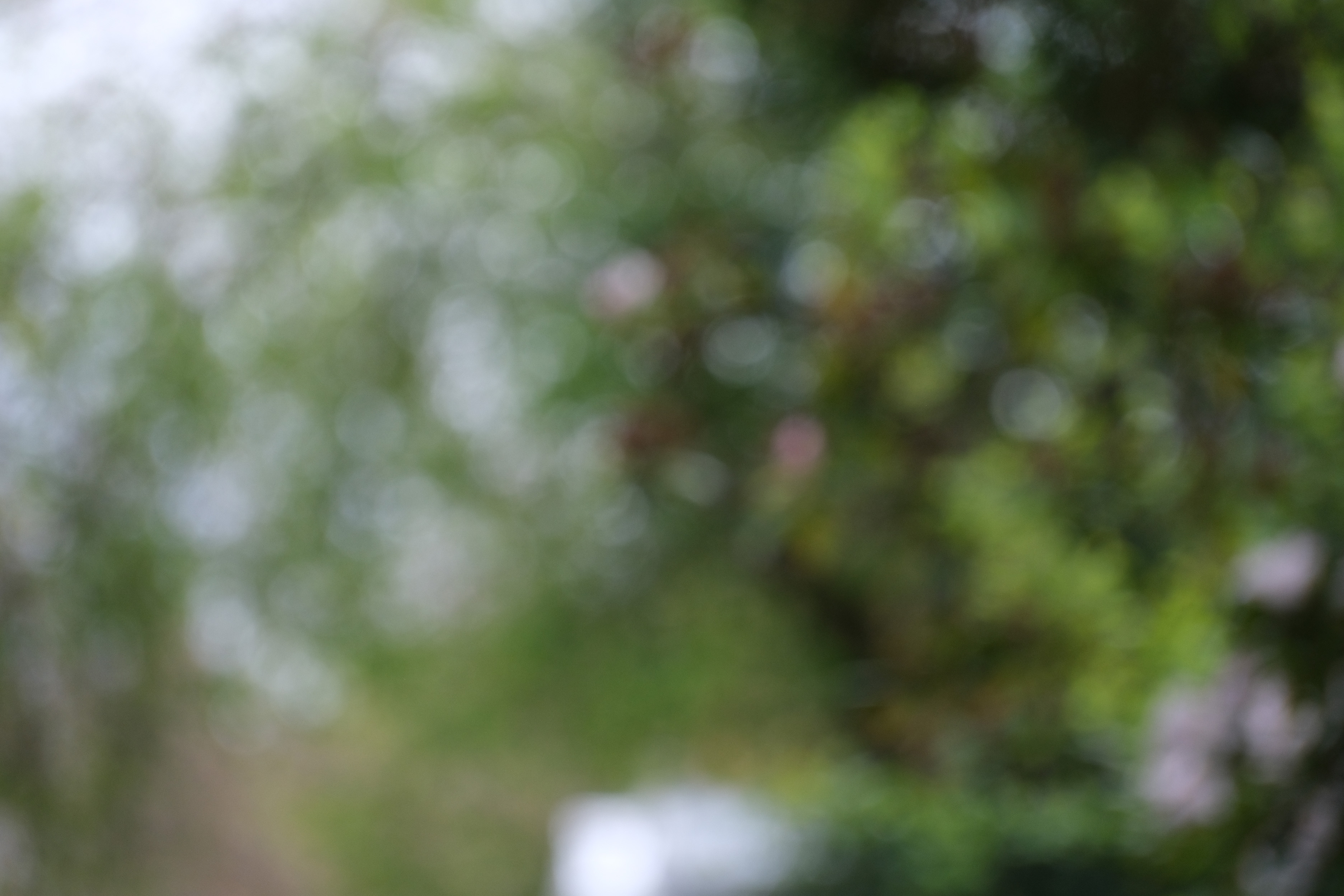
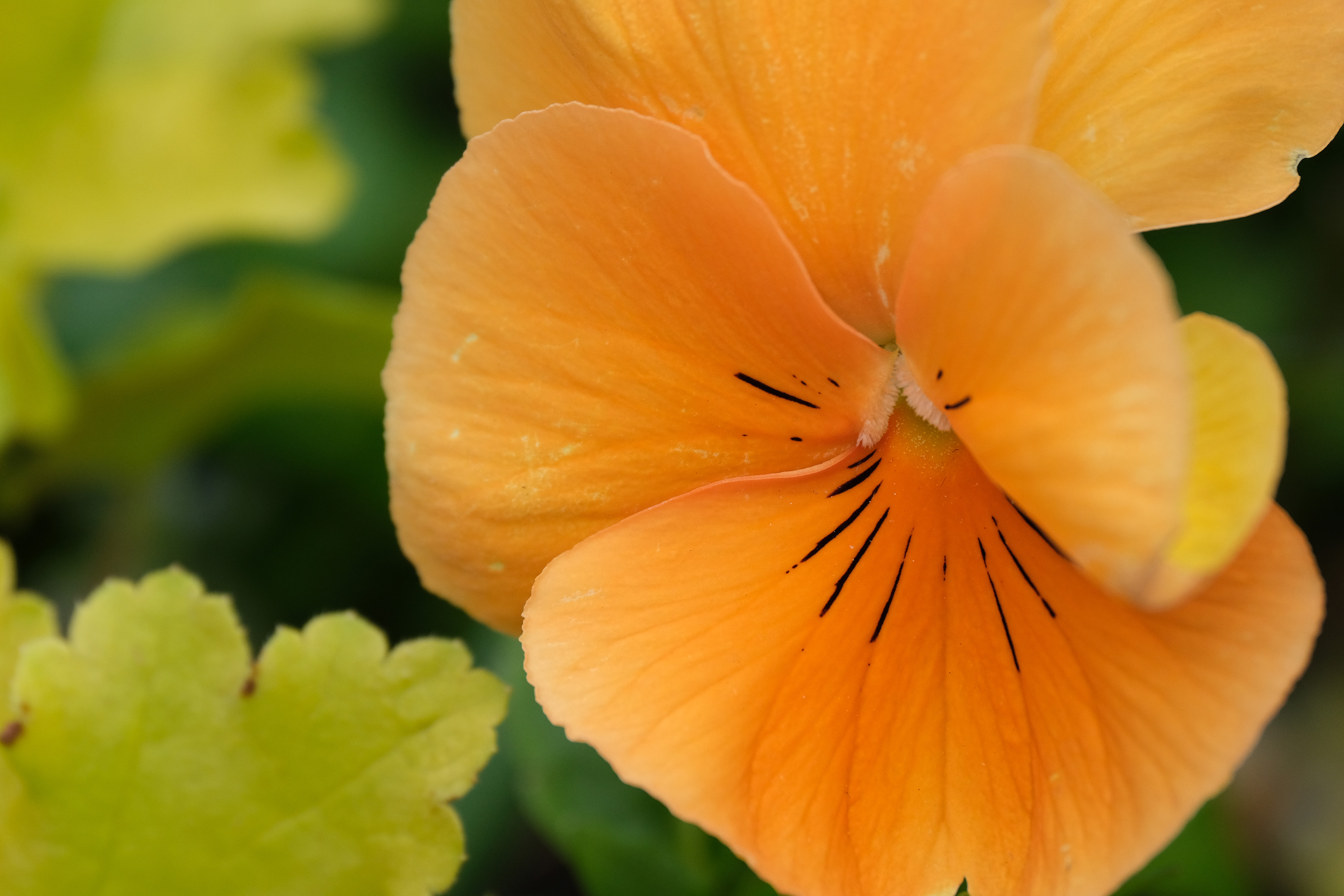
Features ★★★★★ | This lens has an ‘effective’ zoom range of 107-457mm, an aperture ring, fast autofocus and optical image stabilization. |
Design ★★★★★ | The design is much more compact and lightweight than a typical 100-400mm full-frame super-telephoto zoom, and features extensive weather-seals. |
Performance ★★★★☆ | Sharpness is impressive throughout the zoom range but drops off a bit towards the extreme edges and corners of the frame. |
Value ★★★★☆ | Considering the long effective zoom range that really covers the distance, it’s a good buy for the money. |
Best wide prime for Fujifilm X-S10/X-S20
4. Fujifilm XF 16mm f/2.8 R WR
Specifications
Reasons to buy
Reasons to avoid
What I like about the Fujifilm X-S10 and X-S20 is just how compact these cameras are, and what I like even more is that Fujifilm makes a range of compact and affordable no-nonsense prime lenses that are just as compact. The Fujinon XF 16mm f/2.8 R WR might look rather tame on paper – f/2.8 is a pretty modest maximum aperture for a 24mm equivalent lens – but when you get to pick one up and use it, you realize just how effective and likable this lens is. If anyone is reading this who started out with 35mm film SLRs, then this is the size that lenses used to be! The Fujinon XF 16mm f/2.8 R WR is no cheap lightweight, though – it has a physical aperture ring and weather sealing, and good optical performance too.
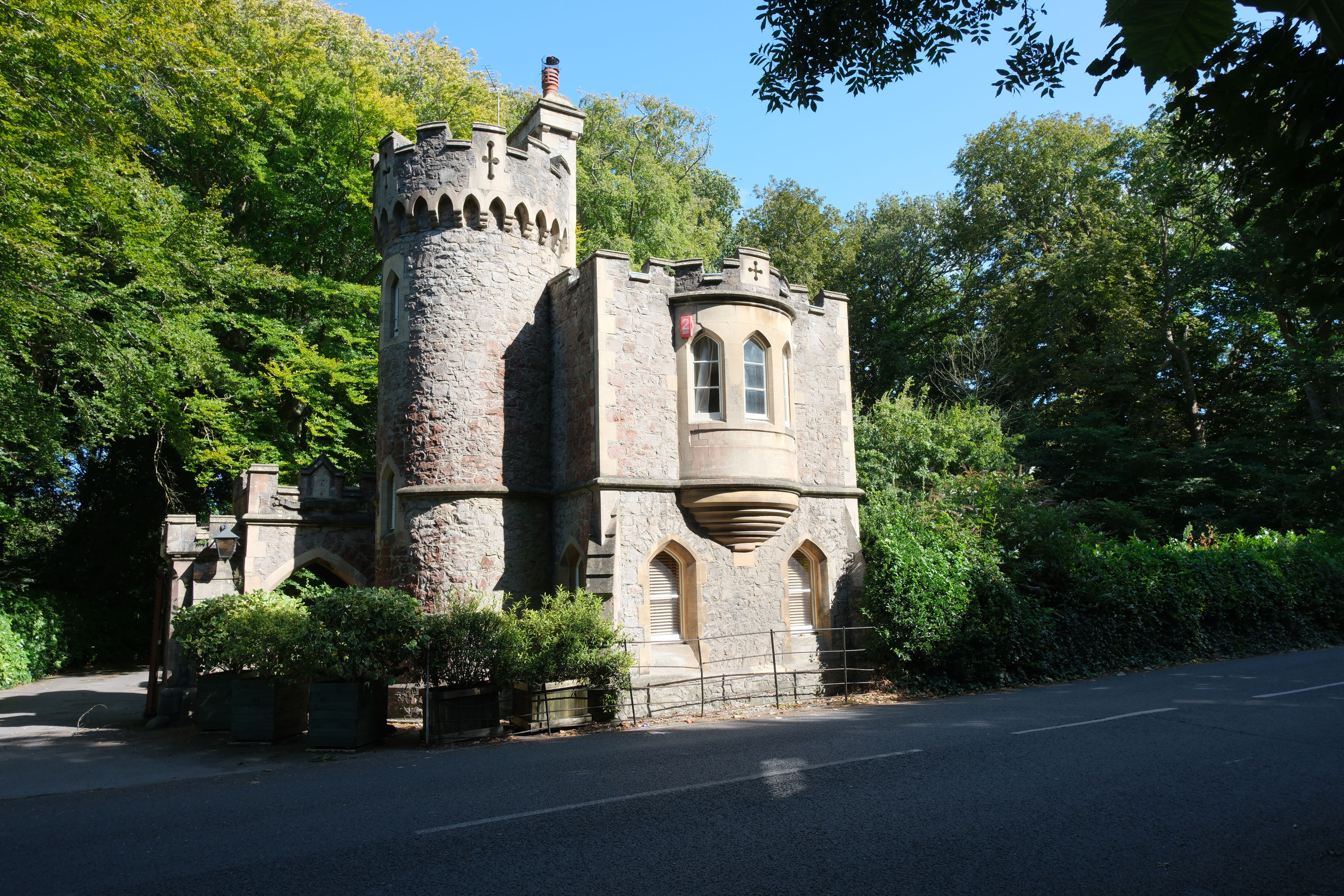



Features ★★★★☆ | This lens's maximum aperture of f/2.8 is on the low side, but its physical aperture ring and weather sealed construction are major plus points. |
Design ★★★★★ | The XF16mm F2.8's key attribute is its size. It's compact enough for any travel setup and balances well on any X-mount body. |
Performance ★★★★☆ | The optical performance is generally very good, but definition does fall away at the edges somewhat, and this is very noticeable on Fujifilm's newer 40MP cameras. |
Value ★★★★☆ | This is not an expensive lens, and yet the finish and the controls are first rate. The specs might be modest, but it's great value. |
Best street lens for Fujifilm X-S10/X-S20
Specifications
Reasons to buy
Reasons to avoid
The Fujifilm X100 VI ,and the X100 V before it, have had an incredible response, but these are expensive cameras with fixed lenses. You can get a 35mm equivalent f/2 lens for regular Fujifilm cameras too, and this is it. It’s a little longer physically than the lens on the X100 V/VII, but optically it’s just as good, if not better. This is the ideal ‘street photography’ lens to use with the X-S10 and X-S20. It has a physical aperture ring, fast and quiet AF (not necessarily an X100 V/VI strong point) and weather sealing. It doesn’t have the specs of the Fujinon XF23mm F1.4, but that’s a bigger and more expensive lens, and on the X-S10 and X-S20, I actually like this more.
See our full Fujifilm XF 23mm F/2R WR review
Features ★★★★★ | The equivalent 35mm focal length is a favorite and the lens sports an aperture control ring but no optical stabilizer. |
Design ★★★★☆ | Build quality feels very solid, despite the compact and lightweight build, and includes weather-seals. |
Performance ★★★★★ | This lens is impressively sharp across the whole image frame, even wide-open at f/2. |
Value ★★★★☆ | It’s naturally not as ‘fast’ as the XF 23mm f/1.4 but is very good value at the price. |
Lab data and comparisons
The graphs below show the comparative performance of the lenses in this guide, based on our in-house lab tests. There’s not a great amount of variance in terms of sharpness but the Fujifilm XF 23mm prime lens draws slightly ahead of the others. Averaged out over the zoom range, the zoom lenses score well for overall distortion and automatic in-camera correction is available anyway, as it is for color fringing.
Scores for sharpness and color fringing are averaged from data taken across the entire image frame, from the center to the edges and corners, throughout the aperture range. For zoom lenses, the scores are also averaged from data measured at all marked focal lengths, and the same applies to distortion. Bear in mind that these average values don't fully reflect specific areas of performance. For example, a zoom lens might have noticeable barrel and pincushion distortion at its shortest and longest focal lengths respectively, which tends to average out when looking at the data overall. For more detailed graphs of each lens's performance, which give the full picture, check out the graphs in our full standalone lens reviews.
How we test lenses
The lens experts in our testing lab run a range of tests under controlled conditions, using the Imatest Master testing suite. Photos of test charts are taken across the range of apertures and zooms (where available), then analyzed for sharpness, distortion and chromatic aberrations.
We use Imatest SFR (spatial frequency response) charts and analysis software to plot lens resolution at the centre of the image frame, corners and mid-point distances, across the range of aperture settings and, with zoom lenses, at four different focal lengths.
There's more to it than just the technical side, though! Beyond the lab, our reviewers test lenses in real-world environments – and sometimes on professional shoots! We work with lenses both indoors and outdoors, in studio conditions and in natural light, with as many different subjects as is possible (or appropriate – there's no point testing a landscape lens' ability to shoot a portrait!).
We take into account everything from handling and ease of use to speed of autofocus and the overall quality of the images produced.
Find out more about how we test and review on Digital Camera World
The best camera deals, reviews, product advice, and unmissable photography news, direct to your inbox!

Rod is an independent photography journalist and editor, and a long-standing Digital Camera World contributor, having previously worked as DCW's Group Reviews editor. Before that he has been technique editor on N-Photo, Head of Testing for the photography division and Camera Channel editor on TechRadar, as well as contributing to many other publications. He has been writing about photography technique, photo editing and digital cameras since they first appeared, and before that began his career writing about film photography. He has used and reviewed practically every interchangeable lens camera launched in the past 20 years, from entry-level DSLRs to medium format cameras, together with lenses, tripods, gimbals, light meters, camera bags and more. Rod has his own camera gear blog at fotovolo.com but also writes about photo-editing applications and techniques at lifeafterphotoshop.com
- Gareth BevanReviews Editor
- Matthew Richards
